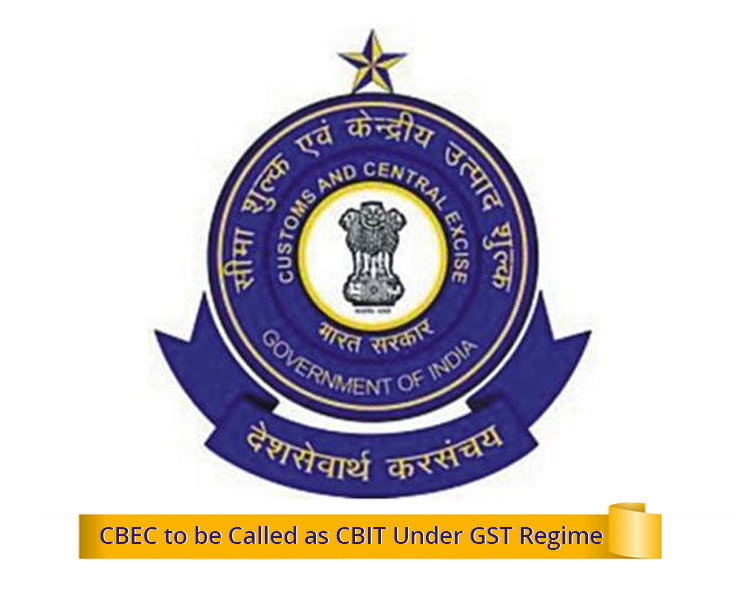
Due to this GST implications, now the centre is completely indulged into the restructuring of the CBEC. There is a total of six members, who are responsible for Customs, policy and IT, central excise and legal issues, training and litigation. And along with this, a separate member will also be an active member into the CBIT, which will look into the related matters of Central GST (CGST) and Integrated GST (IGST).
Read Also: GST Forms: Return Filing, Rule, Registration, Challan, Refund, Invoice
On the structural drafting of GST administration, Mr. Rajat Mohan, Nangia & Co-Director (indirect taxation), he affirmed, “the government is moving ultra-fast to meet the deadline of GST of April 1, 2017.” Also, he added, “The blueprint for laying down the transition of the administrative mechanism is out and it would help the officers and bureaucrats now know the roles and responsibilities of various positions under the GST regime. Accountability and answerability of officers are also fixed depending on their positions and cadre,”
Further, there was also a revelation that, the Directorate General of Central Excise Intelligence (DGCEI) will be also renamed as DGITI (Directorate General of Indirect Tax Intelligence).
“It would be the country’s premier intelligence agency to handle economic frauds and offenses related to taxation. DGITI should have a pan-India presence. The organization shall be headed by an officer of DG rank. Every state should have regional units headed by an ADG-rank officer. Officers having expertise in VAT laws from state administration may be deputed to DGITI,”
Recommended: How to File GST Return Online in India
The GST regime will be acted upon various indirect taxes currently prevailing in the country and will be implemented from April 1, 2017. GST will absorb central excise, service tax and other local levies, including VAT and octroi within a single taxation platform.